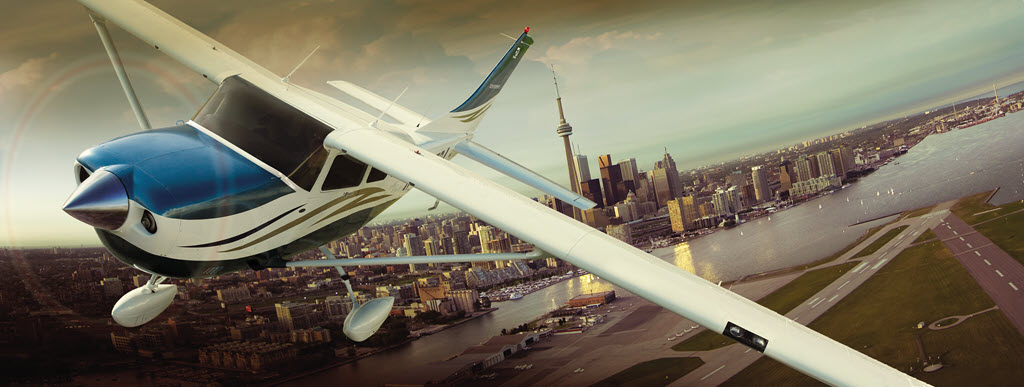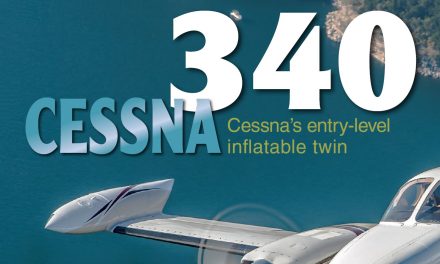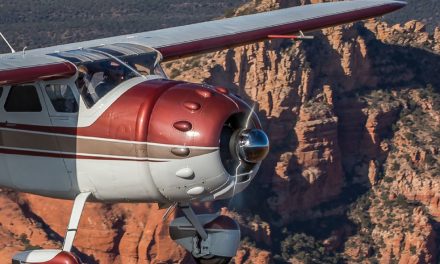One of the more challenging maneuvers while flying on instruments is the missed approach. Arriving at the missed approach point while still in the weather requires a complete change of strategies, from landing to going around. Since your immediate future has just undergone a dramatic change, a new mindset is required.
This sudden and unexpected change to your flight requires a steady hand at the controls and a complete mastery of what you are going to do next, all while maintaining your mental composure.
We have all heard our instrument instructors tell us to assume that every approach will end with a miss. Missed approaches are exceedingly rare, and after hundreds of successful landings from instrument approaches, it is difficult to maintain the urgency of this mindset. So, let us investigate what is required to fly a safe and stress-free missed approach.
What can cause a missed approach?
Not all missed approaches are the result of arriving at the missed approach point and not seeing the runway environment. Misses can even occur before reaching the missed approach point. They can be the result of, but are not limited to, the following:
- Loss of ground-based signal, such as the localizer or glide slope going off the air.
- Being out of position laterally or vertically for a safe landing.
- Losing sight of the runway after seeing it prior to reaching the threshold.
- Losing sight of the runway during a circling maneuver.
- A mechanical problem such as an unsafe gear indication.
- ATC instructs you to go miss.
- An un-stabilized approach.
What constitutes the missed approach point?
Before flying an instrument approach, it is imperative that pilots know precisely what the missed approach point is. After all, how do you know it is time to go around if you don’t first know where this occurs? Ask yourself, what delineates the missed approach point on the approach chart? It could be based on time, DME, altitude as with a DH or DA, or an RNAV waypoint.
When to fly the published missed approach procedure
Among instrument rated pilots, there is some confusion as to when you are required to fly the published miss. The answer is simple; only when you are flying in a non-radar environment. It is true that when cleared for an instrument approach, you are also cleared to fly the published missed approach procedure. However, the only time you should exercise this clearance is while operating in a non-radar environment.
Other times you might fly the published miss include:
- While operating in radar contact when instructed to do so by the controller.
- It you have experienced a loss of radio communications (This is the primary reason you are cleared to fly the published miss when cleared for the approach.)
- When requested by the pilot for training purposes.
These are the only times you should fly the published miss. Again, the published missed approach is normally a non-radar only procedure. Flying the published miss while under radar without receiving a verbal clearance to do so from ATC could get you a violation or worse, and here’s why.
First and foremost, the controller will not be expecting you to do this. At controlled fields with radar service, there are pre-set plans for missed approaches for every runway which are known only to the controllers. They may include instructions to fly a certain heading and an altitude to climb to, both of which may differ significantly from the published procedure. Second, the published miss does not take into consideration local traffic or approaches in progress to other runways.
How do you know you are operating in non-radar?
If in doubt, after making the decision to go miss, simply announce that you are on the missed approach. Here is an example of what to say: “Arrow 15256 is missed approach.”
If you are in non-radar, the controller will instruct you to fly the published missed approach. If in radar contact, you will receive a route or heading to fly, plus an altitude to climb to. What the controller says will answer the question about radar contact.
The rest of this article can be seen only by paid members who are logged in.Have a website login already? Log in and start reading now.
Never created a website login before? Find your Customer Number (it’s on your mailing label) and register here.
JOIN HERE
Still have questions? Contact us here.






